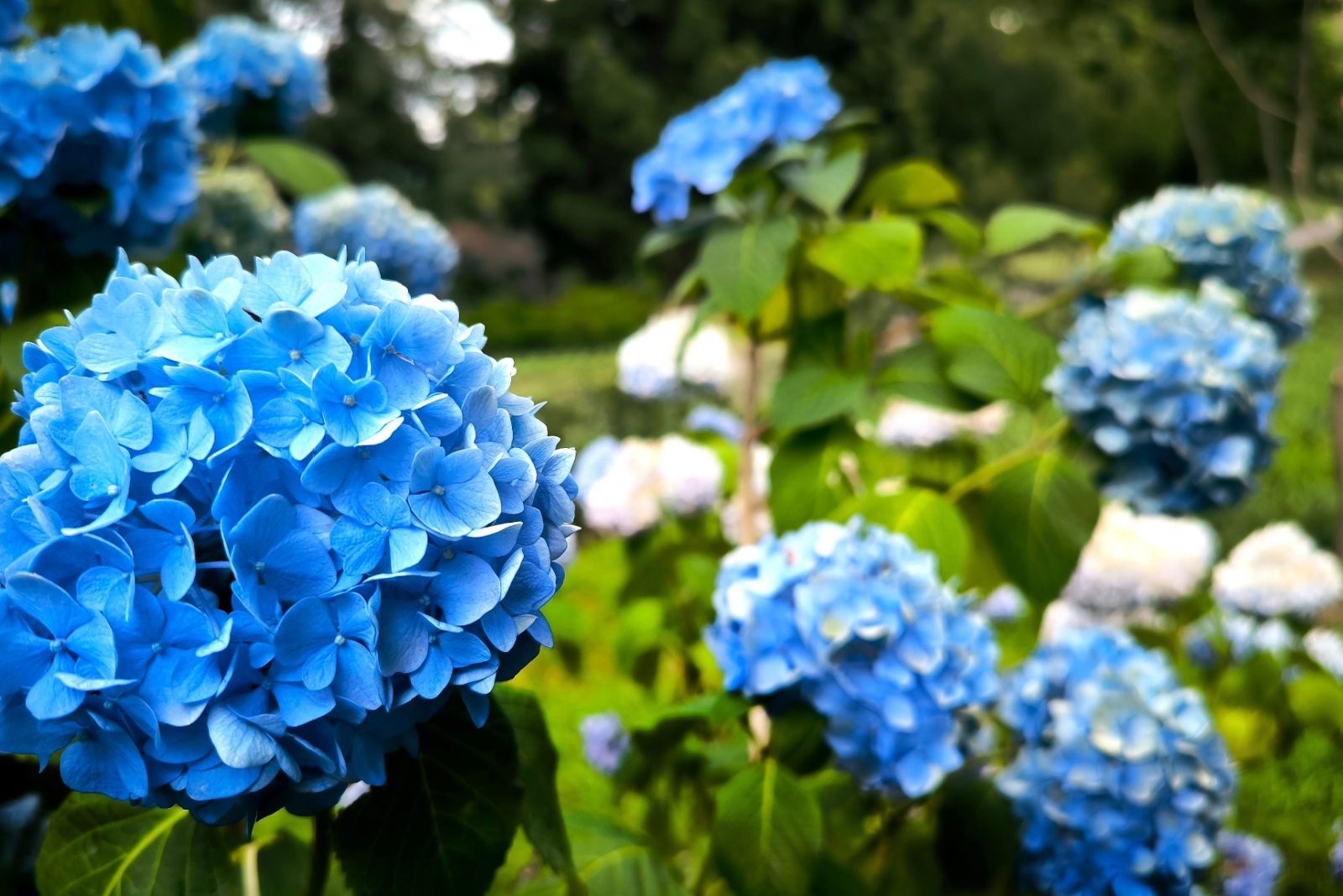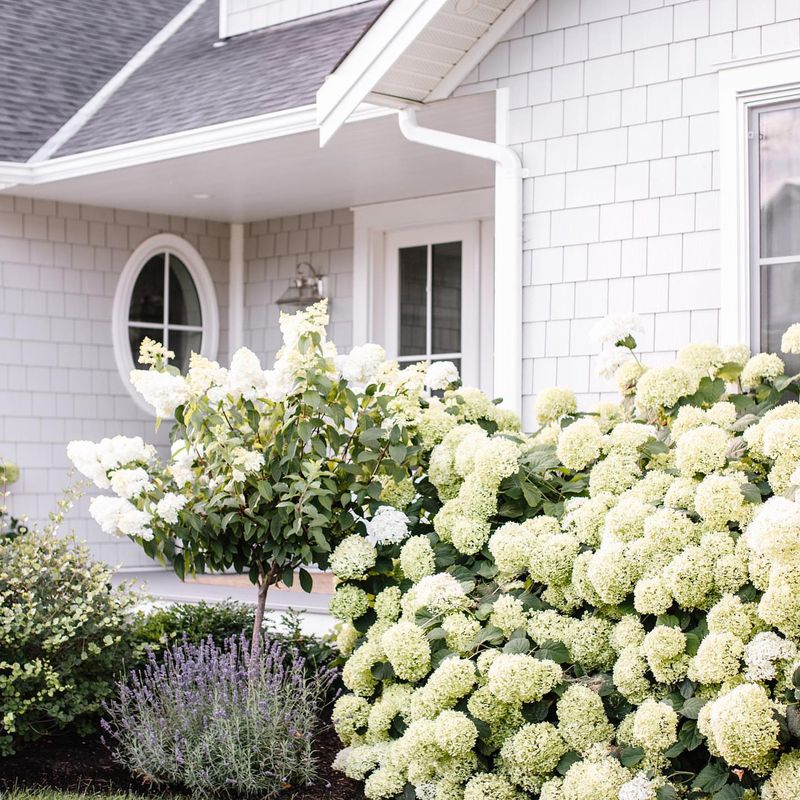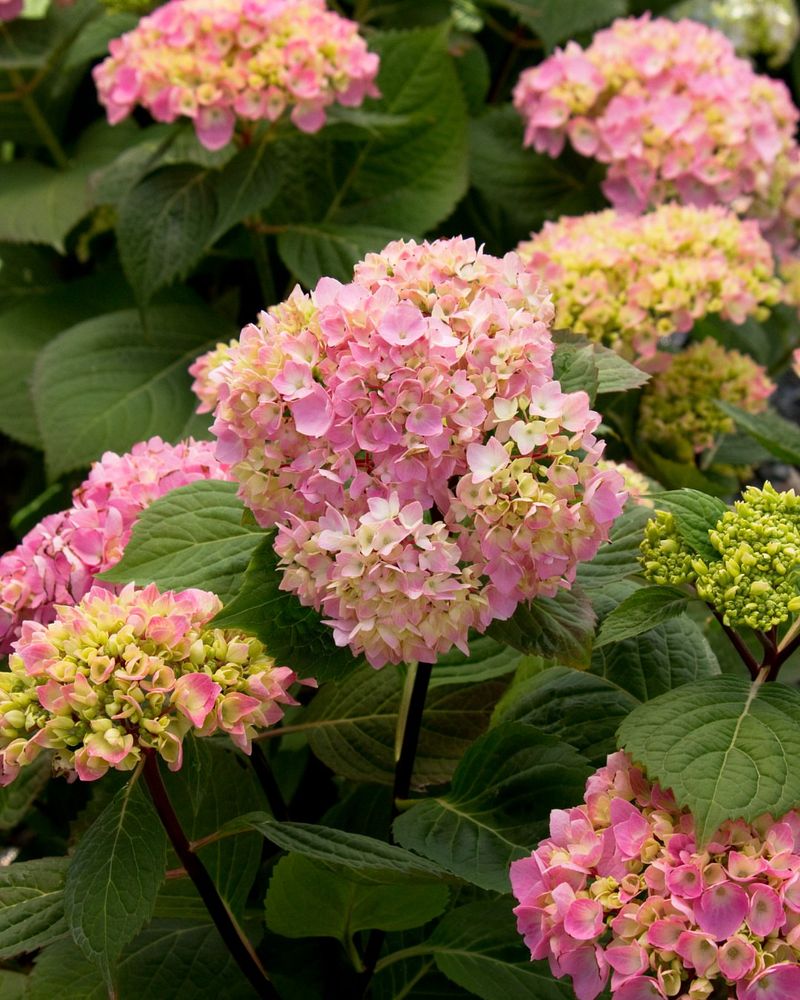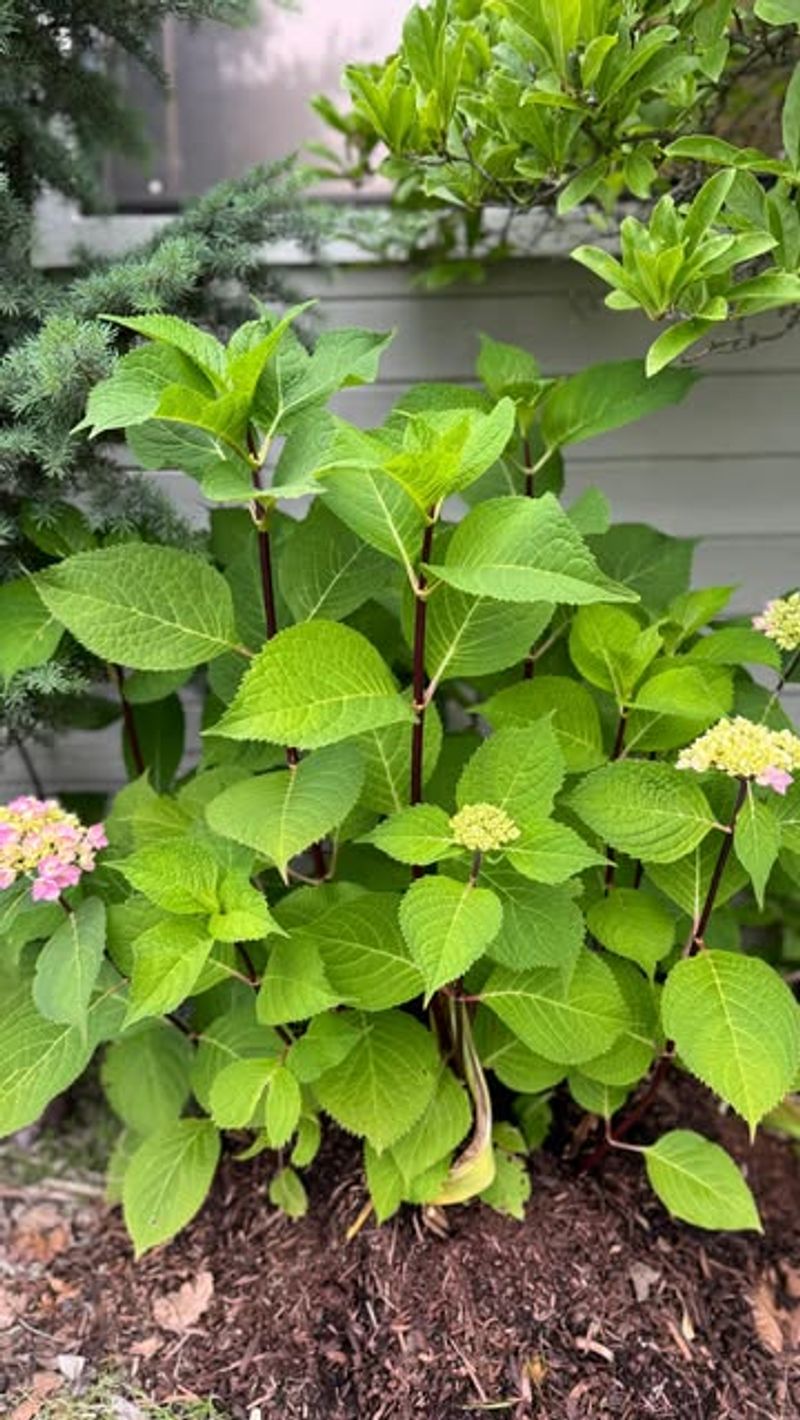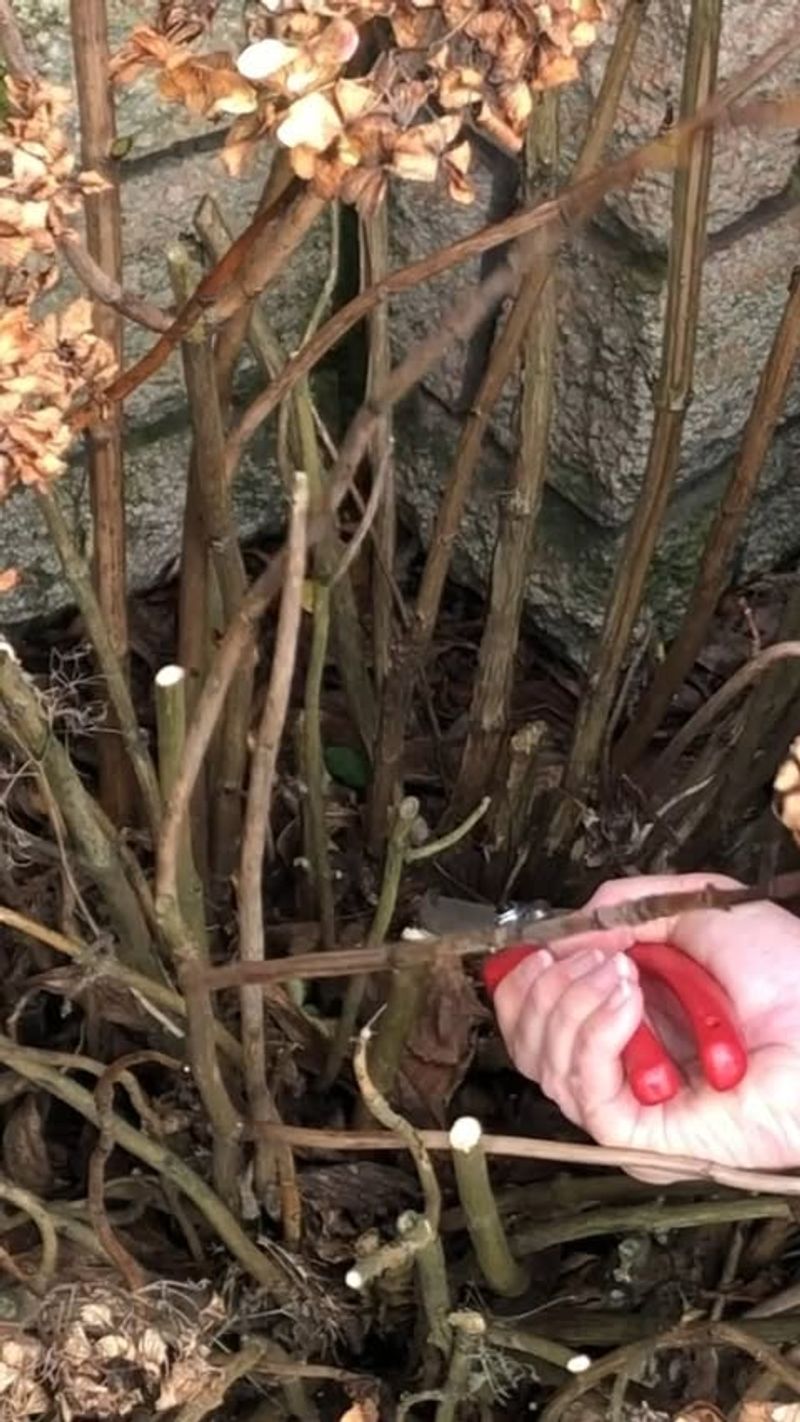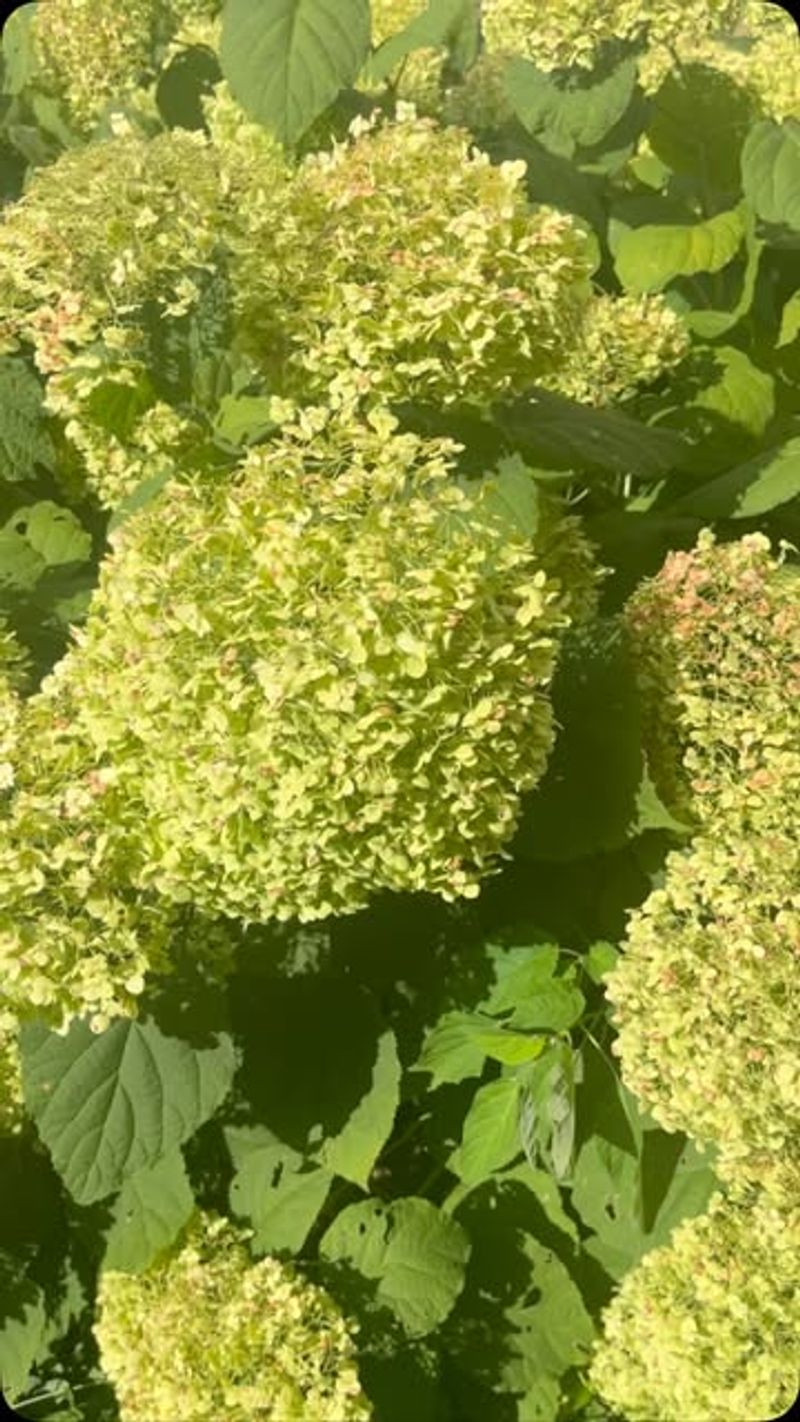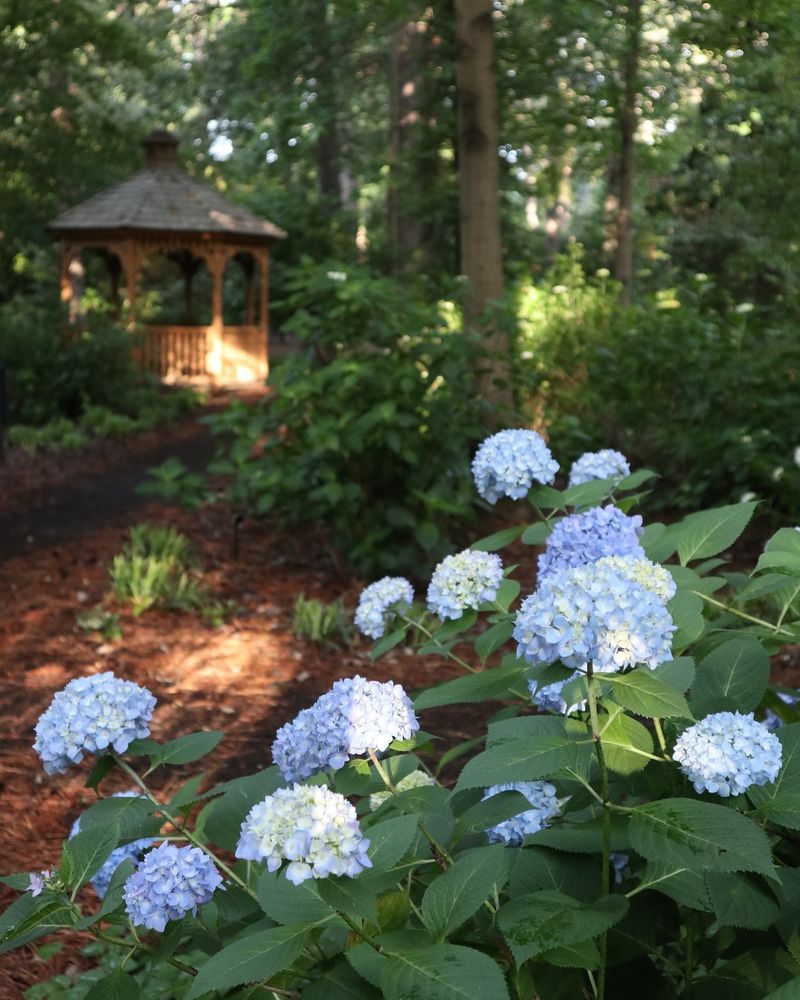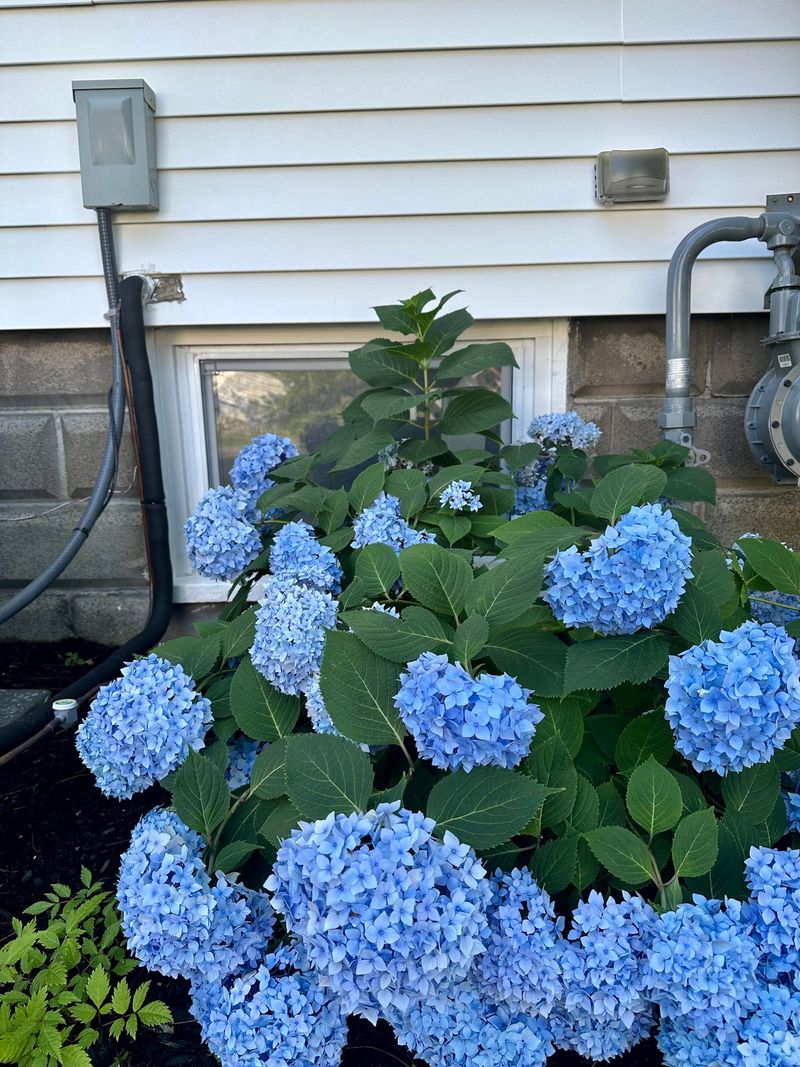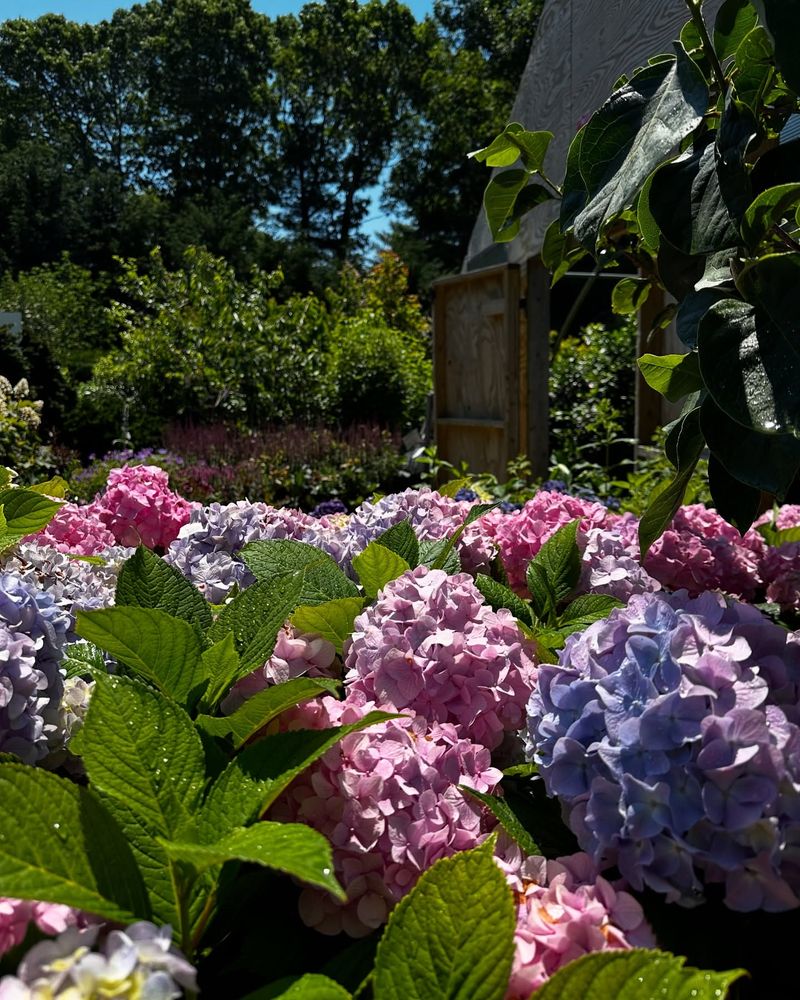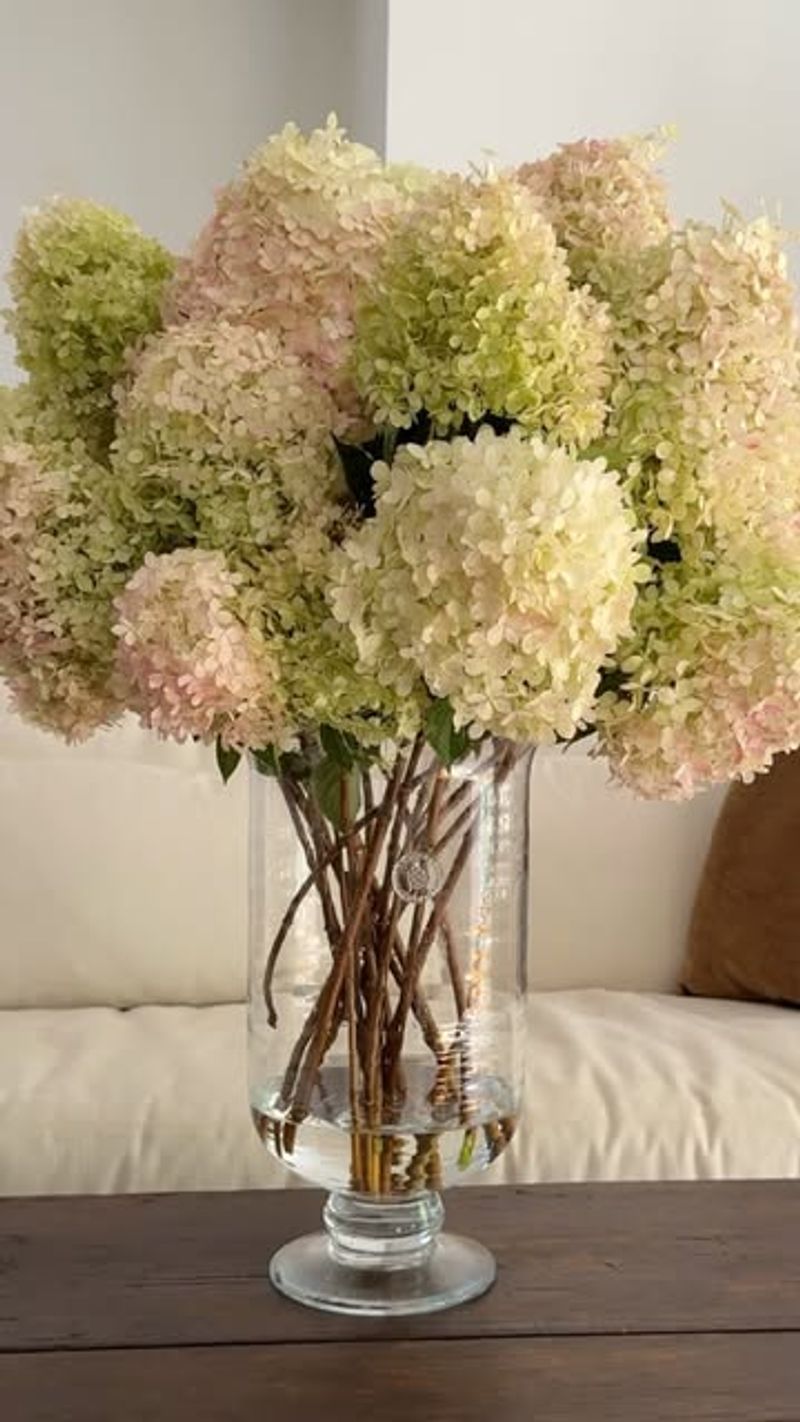Virginia gardeners, your hydrangeas need special attention this week as we transition seasons! The unique climate in our state presents specific challenges for these beautiful flowering shrubs right now.
I’ve found that spending just 20 minutes on hydrangea maintenance now saves hours of troubleshooting later. Here are 9 critical tasks you should tackle this week to ensure your hydrangeas remain healthy and set up for spectacular blooming next year.
1. Check Soil Moisture After Recent Virginia Rainfall
Despite recent rains, Virginia’s clay-heavy soils can create deceptive conditions. The top inch might look wet while deeper soil remains dry around hydrangea roots.
Stick your finger about 3 inches into the soil near your plants. If it feels dry at that depth, give them a deep watering session. Our state’s unpredictable autumn weather patterns make consistent moisture crucial.
I learned this lesson the hard way after losing blooms on three bushes last season when I assumed rainfall was sufficient!
2. Apply Final Fertilizer Before Winter Dormancy
Now marks your last chance to feed hydrangeas before winter. Choose a low-nitrogen, high-phosphorus formula specifically designed for acid-loving shrubs in our region.
Scatter fertilizer granules around the drip line, not directly against the stems. Water thoroughly afterward to help nutrients reach the root zone.
Avoid high-nitrogen products this late in the season—they stimulate tender new growth that won’t survive Virginia’s winter temperatures and can significantly reduce next year’s flowering potential.
3. Mulch Roots Before First Frost Arrives
Frost protection becomes critical as Virginia nights grow colder. Fresh mulch acts as a temperature buffer for sensitive hydrangea root systems.
Apply a 3-inch layer of shredded leaves, pine needles, or hardwood mulch around your plants, keeping it several inches away from the stems. This prevents crown rot while insulating the roots.
The first killing frost typically hits central Virginia by late October, so completing this task this week gives your plants the protection they need before temperatures plummet unexpectedly.
4. Prune Dead Wood While Still Identifiable
Grab your pruners! Dead branches are still easy to identify before complete leaf drop. Look for brittle, gray stems without viable buds or those with peeling bark.
Make clean cuts just above healthy buds, removing any crossing branches that might damage each other during winter storms. Virginia’s ice events can cause significant damage to weakened limbs.
Remember that most hydrangea varieties bloom on old wood, so avoid heavy pruning now. I once over-pruned in fall and missed an entire season of flowers!
5. Collect And Store Seeds For Spring Propagation
Spent flower heads contain valuable seeds perfect for expanding your hydrangea collection. Look for brown, dried blooms with tiny seeds visible in the center.
Snip these seed heads and place them in paper bags in a cool, dry location. Label each variety clearly, especially if you grow multiple types of hydrangeas with different soil pH requirements.
Virginia’s springtime gives perfect conditions for starting these seeds, and sharing locally-adapted seedlings with neighbors creates garden community connections I’ve found incredibly rewarding.
6. Adjust Soil PH For Desired Bloom Colors
Fall presents the perfect opportunity to modify soil conditions for next year’s flower colors. Virginia’s naturally acidic soils typically produce blue hydrangea blooms.
For pinker flowers, add garden lime now to raise pH levels. For bluer blooms, incorporate aluminum sulfate or coffee grounds. Work amendments gently into the top few inches of soil around the drip line.
Soil adjustments need several months to take effect, making this week’s timing ideal for influencing next summer’s color display before winter rains distribute the amendments.
7. Stake Top-Heavy Plants Before Fall Winds
Virginia’s autumn brings unpredictable wind patterns that can damage hydrangeas with heavy blooms. Those gorgeous mophead varieties are particularly vulnerable to stem breakage.
Install bamboo stakes or decorative metal supports now while the ground remains workable. Secure stems loosely with garden twine, creating figure-eight loops that prevent rubbing.
My Annabelle hydrangeas toppled during last year’s October storms, breaking several main stems that affected this year’s display—a mistake I won’t repeat!
8. Create Winter Protection For Young Plants
First-year hydrangeas need extra protection from Virginia’s unpredictable winter weather. Young plants haven’t developed the robust root systems necessary to withstand freezing temperatures.
Build simple shelters using burlap wrapped around three or four stakes placed around each plant. Leave the top open for air circulation and water access.
The goal isn’t to keep plants warm but to block desiccating winter winds that cause more damage than cold itself. This protection has saved every new hydrangea I’ve planted in the last five years.
9. Dry Blooms For Indoor Arrangements
Preserve your garden’s beauty by harvesting hydrangea blooms now for winter decorations. Select flowers that have begun to dry naturally on the plant—they’ll have a papery feel and slightly faded color.
Cut stems at an angle, strip lower leaves, and place in a vase with just an inch of water. Allow water to evaporate naturally without refilling.
Virginia’s relatively low humidity this time of year creates ideal drying conditions. I keep dried arrangements from my grandmother’s Charlottesville garden hydrangeas for years as meaningful seasonal decorations.

